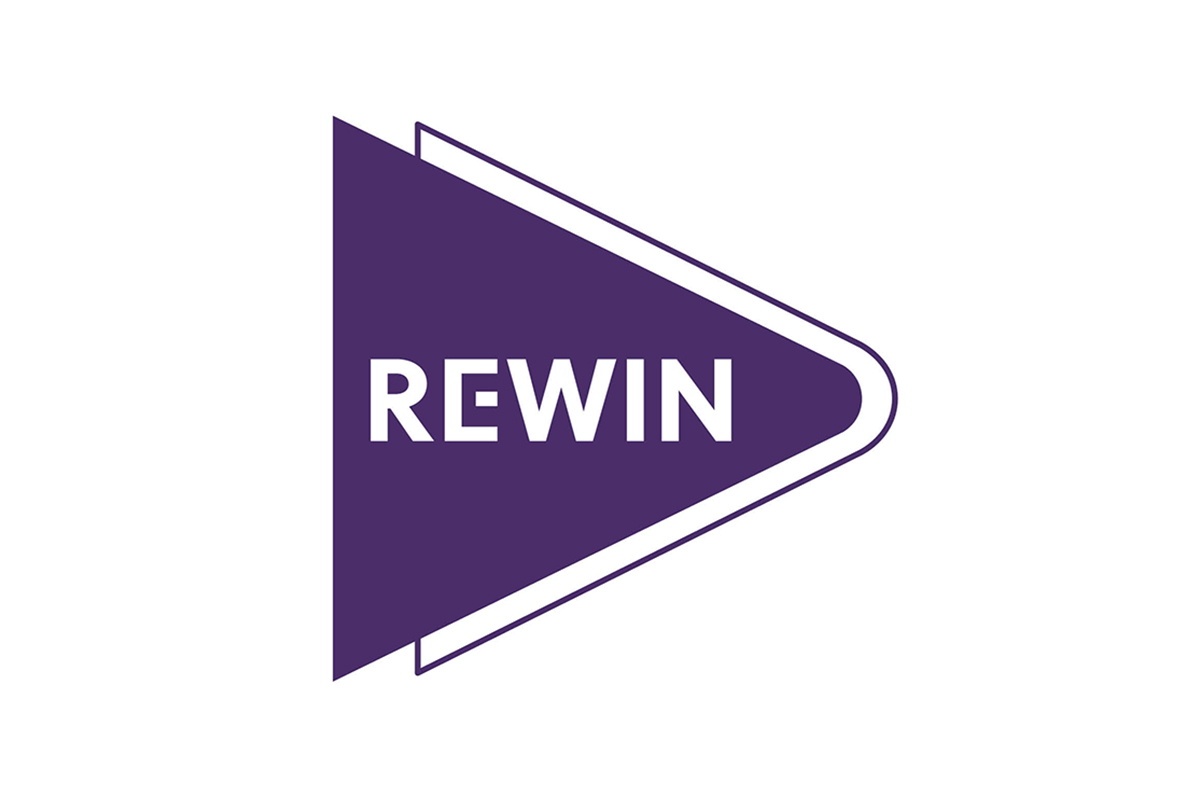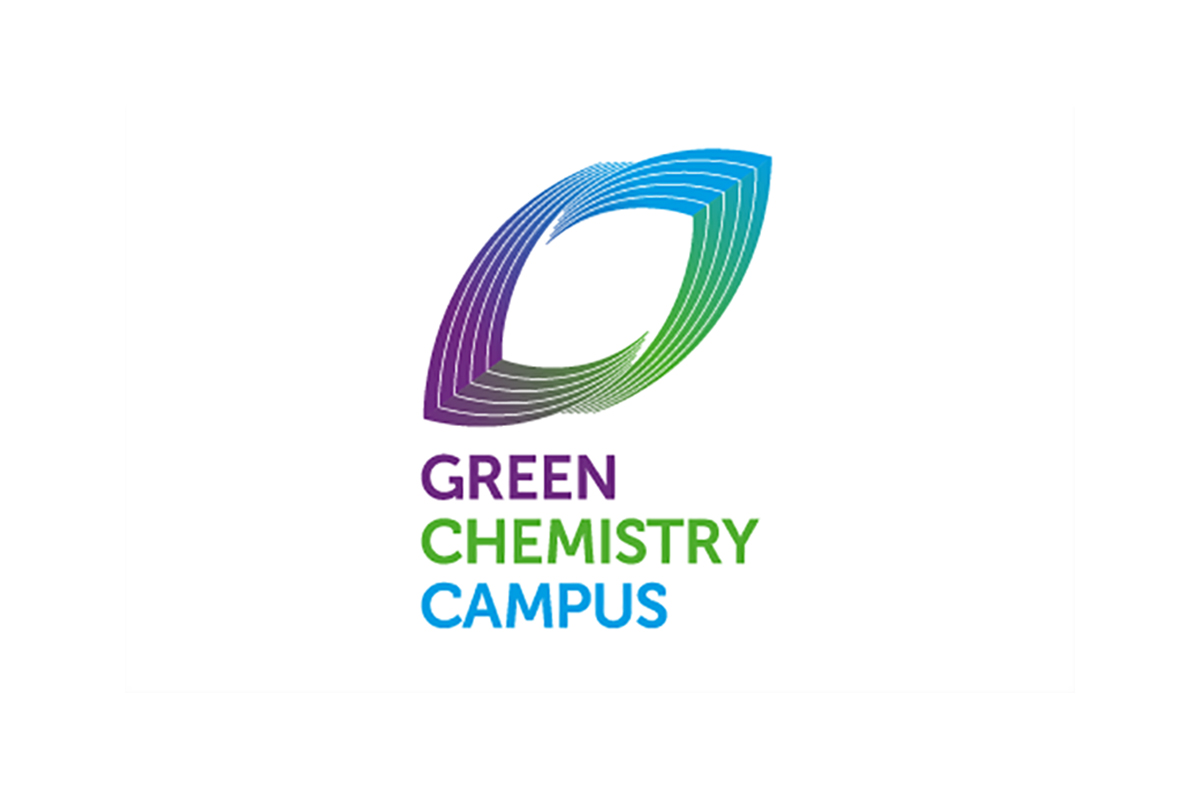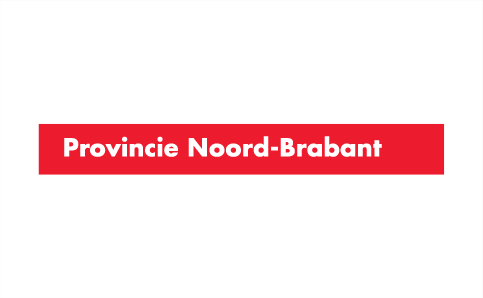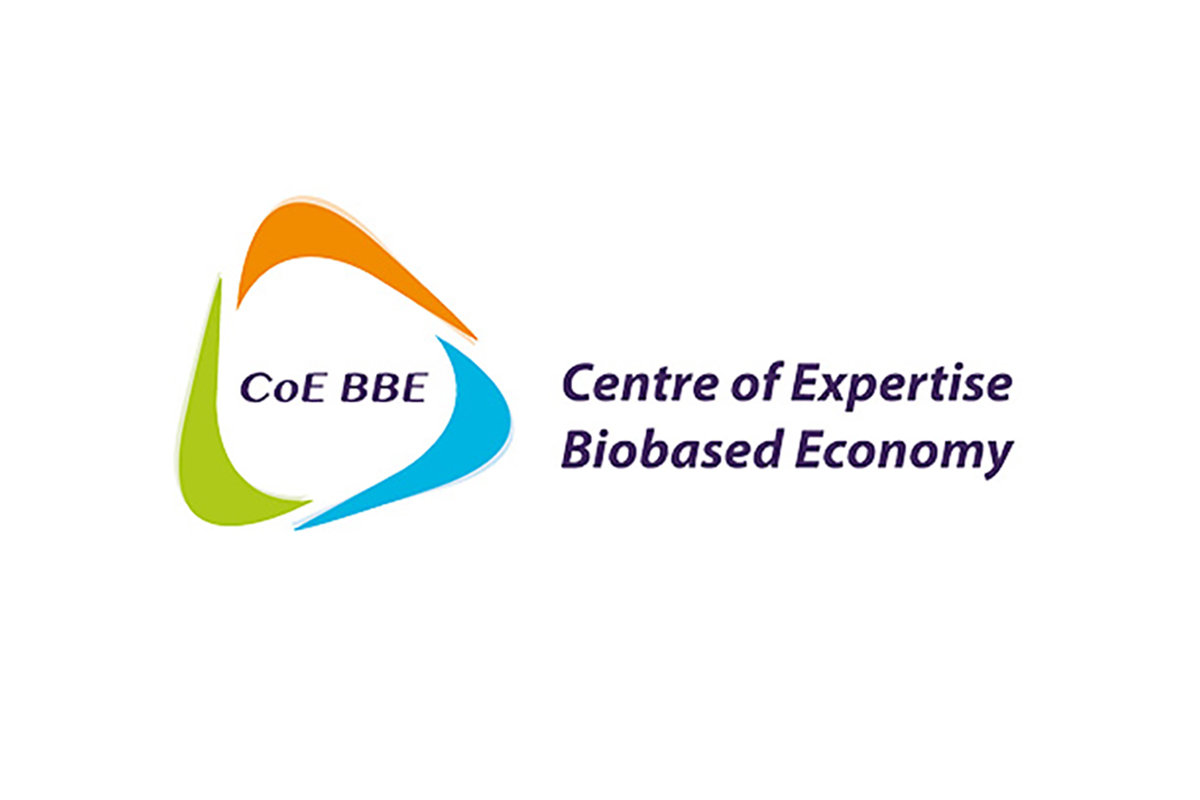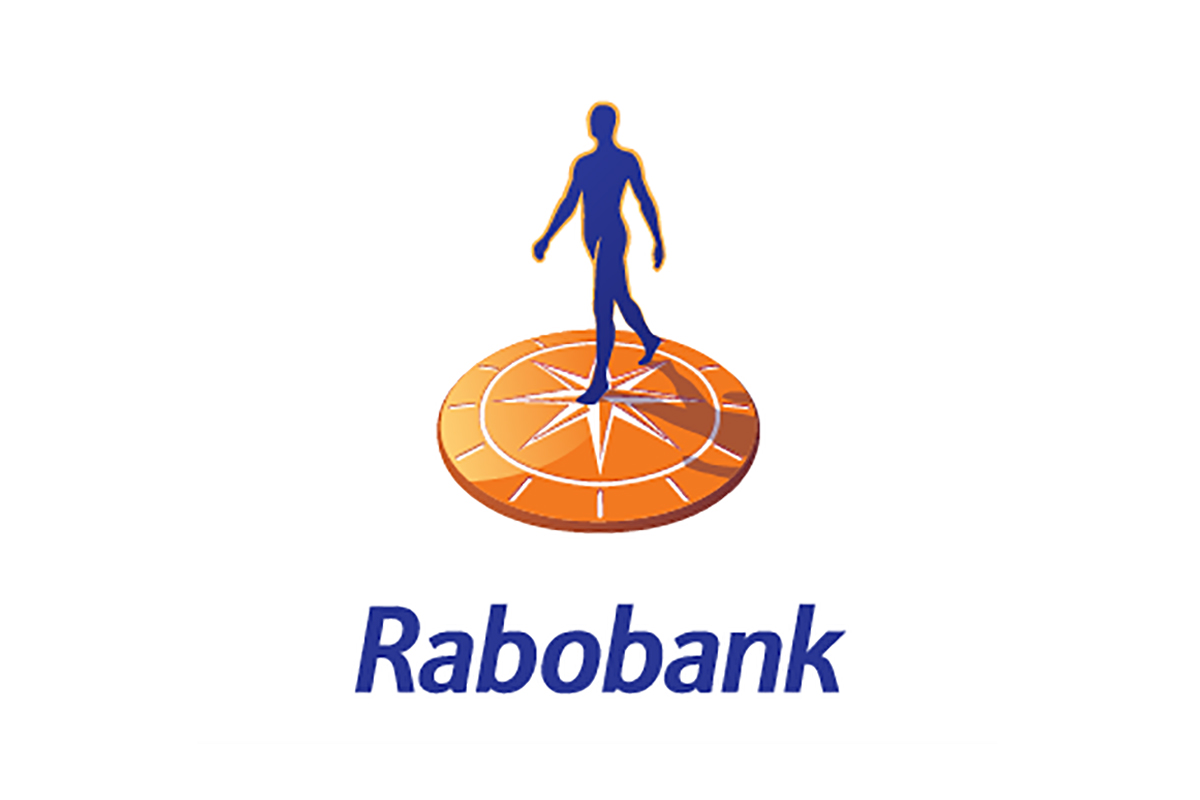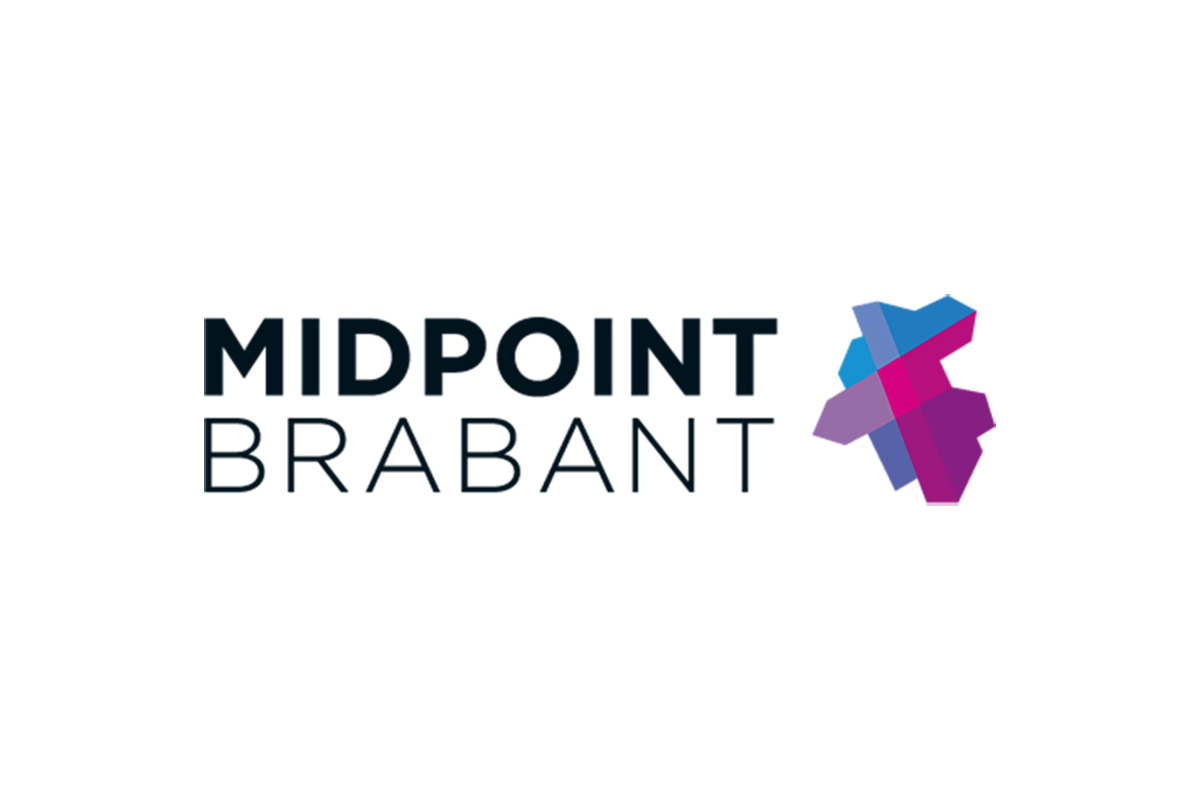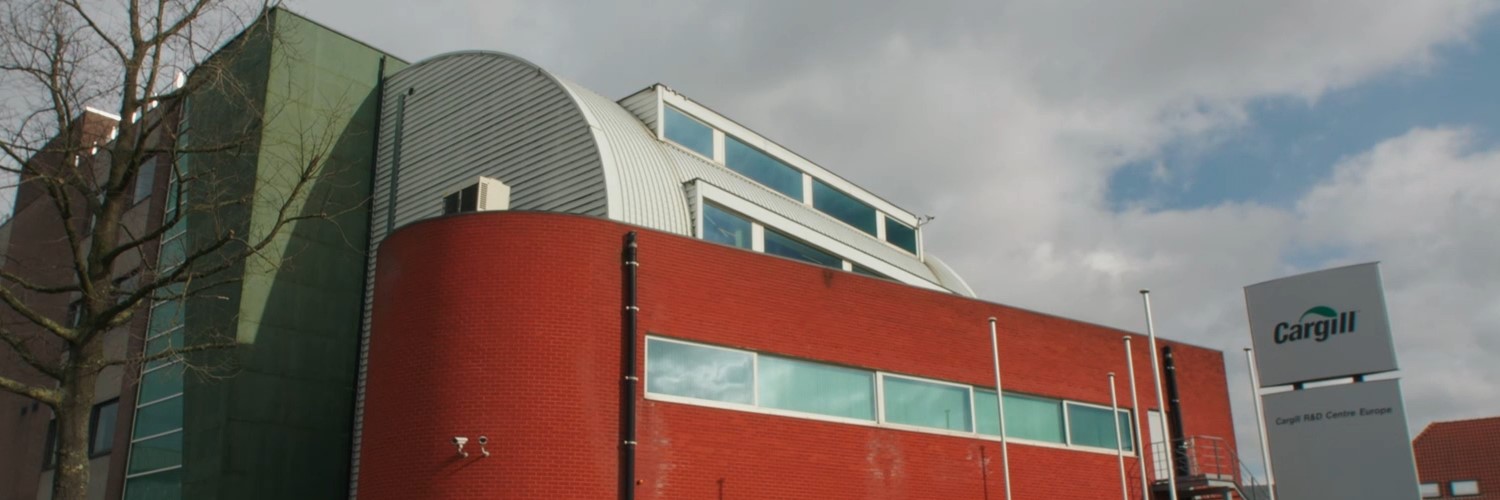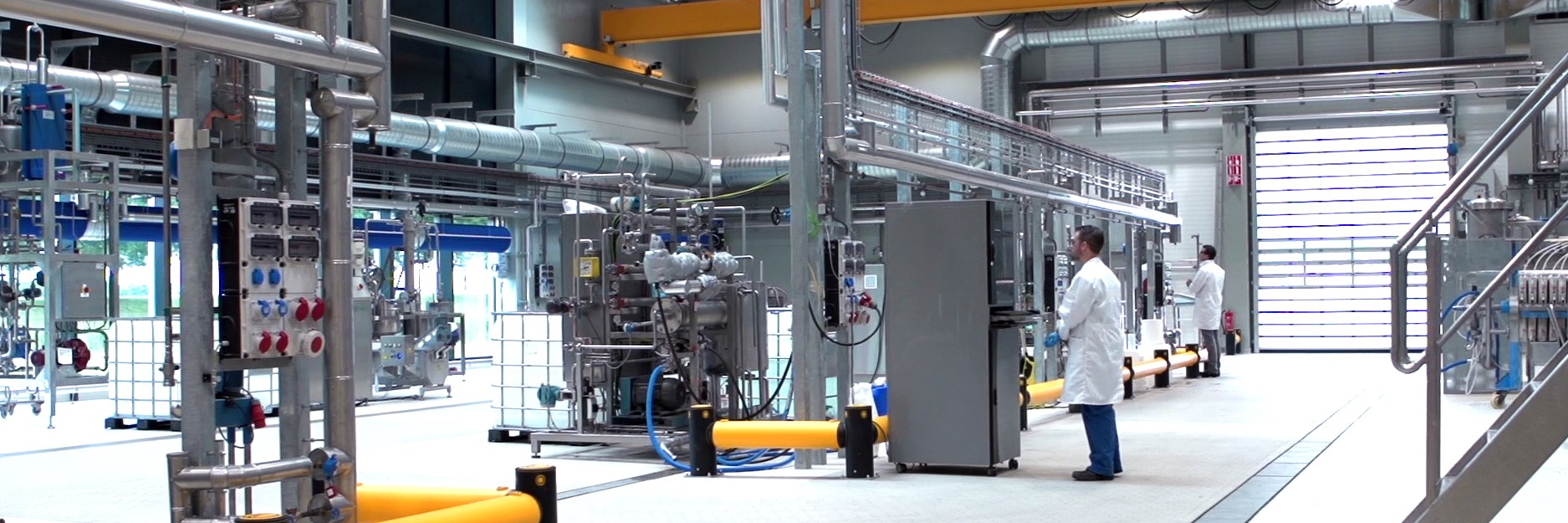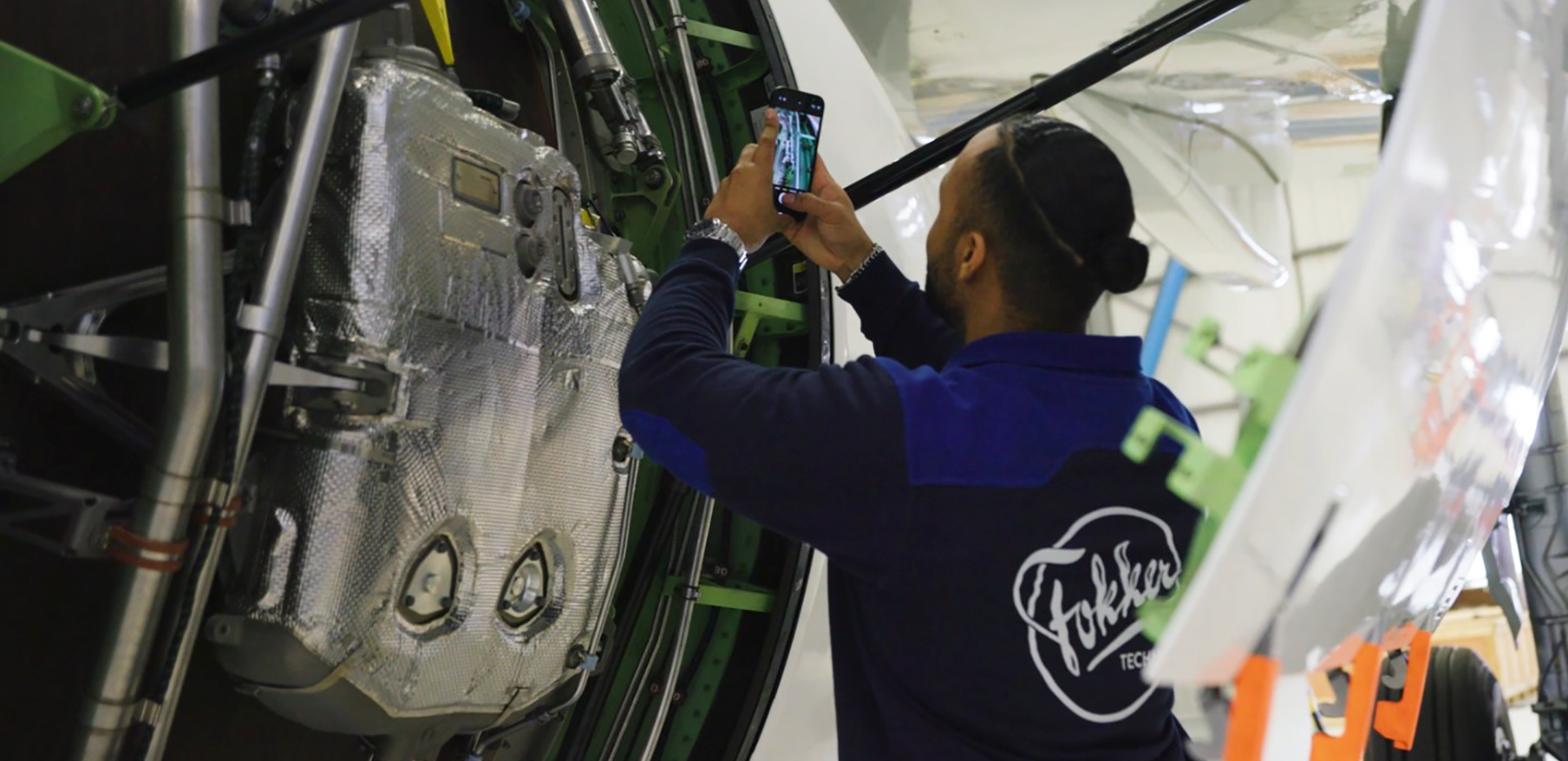We are looking for bio-based and biodegradable fertilizer coatings that make use of our grainbased starches and vegetable oilbased waxes
The fertilizer industry uses coatings that are mainly produced from petrochemical base materials. A major function of these coatings is related to prevention of dusting and caking. Another function for this type of coatings, which is optional for this challenge, relates to controlled release, i.e. the rate at which nutrients are dissipated into the soil.
Surprisingly, these coatings are often made out of mineral oil-based polymers and waxes that are not, or at best poorly biodegradable. Examples include paraffins and polyolefin waxes for bulk fertilizers and polyurethane and urea-formaldehyde based resins for controlled release fertilizers. Governments worldwide are aiming to eliminate the release of non-biodegradable plastics in the environment.
There is EU legislation pending that will ban the use of non-biodegradable ingredients in agrochemical products (for example: EU2019/1009 on biodegradability requirements for fertilizers that are containing polymers).
What are we looking for?
We are looking for biobased and biodegradable coatings. The challenge is to develop a functional coating that fulfills key criteria including dust binding, anti-caking and sufficient biodegradability. We are interested in approaches that make use of two of Cargill’s main ingredient families, grain based starches and vegetable oil based waxes. Other components and additives may be considered, provided that they do comply with the performance and biodegradability requirements.
The solution must be:
- a cost effective formulation (not more than 2 EUR/kg, the upper cost limit will be application dependent),
- biodegradable in soil,
- equal or better than petrochemical incumbent solutions, and
- a simple formulation based on limited number of modifications of the base materials.
Ideally the proposed solution is a formulation that:
- is tunable to a variety of application requirements, and
- incorporates co-products from starch and vegetable oil refining.
We expect that the combination of Cargill and challengee is able to bring the solution to the market on commercial scale.
What aren’t we looking for?
Solutions based fully on petrochemical ingredients, and solutions that are only partially or poorly biodegradable are not in scope.
What’s in it for you?
We put at your disposal our broad product portfolio of starch and vegetable oil based ingredients and related expertise. We will advise on product selection and will assist in evaluating product prototypes. Finally, following successful product development we can support scale-up and commercialization.
From our side we select and provide ingredients from the Cargill portfolio in starches, waxes and co-products. We will provide R&D and analytical expertise around these materials and on material characterization. We will introduce you to current players in the fertilizer industry for validation of prototype formulations.
In case of promising results there are solid opportunities to create new business together with Cargill’s technical and commercial teams that are dedicated to bioindustrial markets.
We are open to various business models for collaboration.
The size of the European market for fertilizer coatings is estimated at 50,000 metric tonnes / year. These coatings are currently predominantly petrochemical based. The majority of these coatings are applied to bulk fertilizers for anti-dusting / anti-caking functionality, while the balance is applied for controlled release functionality, for example in horticulture. Controlled release coatings are higher priced than dust binding coatings, but are also subject to more challenging performance requirements. The total market value for these coatings is estimated at circa 40 million euro / year.
If you have a solutions, there are huge scaleup opportunities.
How can BioVoice benefit you?
- An innovation contract with a launching customer/partner!
- Funding (€10,000 vouchers, to be spent in the regional ecosystem for e.g. testing, lab and demo facilities, IP consulting, etc.)
- Coaching and counselling
- A stage and free publicity
- Knowledge and contact with experts
- Access to a network of potential partners & customers, resources and research facilities
The BioVoice programme
BioVoice is an initiative of REWIN West-Brabant, Green Chemistry Campus, the joint Rabobanks of Southwest Netherlands and the province of North Brabant. Dockwize, Impuls Zeeland, Centre of Expertise Biobased Economy and Midpoint Brabant have also joined as implementation partners. Together, we want to give innovative entrepreneurs and up-and-coming biobased/circular talents the space and opportunities to develop and market their idea/product, so as to achieve our common goal: accelerating the transition to a sustainable economy.
BioVoice is made possible by financial contributions from the Regional Deal for Central and Western Brabant, the Province of North Brabant, the Province of Zeeland and Rabobank.
Conditions of participation
We expect that:
- Challengee is creative, inventive and committed to the challenge.
- Challengee has deep knowledge of bio-based chemistry and materials.
- Challengee is able to specify the preferred characteristics of starches, waxes and/or co-products that challengee would like to evaluate.
- Challengee is able to develop a formulation in-house.
- Challengee is familiar with basic performance and biodegradability tests for coatings.
- Cargill and challengee meet regularly to discuss the progress in the innovation project.
Your pitch (max 6 pages / 18 slides)
- Concept description: Describe your concept in as much detail as possible.
- Pilot description: Please provide a brief description of what it will take to prototype and/or pilot and what you will need from us to do so.
- Team description: Provide a brief description of the company and team that plans to work on the pilot.
There are no formal requirements for the pitch (presentations, slide decks & letters are all allowed), apart from the fact that it must be uploaded as a PDF file (A4, landscape or portrait) with a max. size of 30MB. Videos, example websites and so on can be included as links.
Timeline
- 29 March ’21: Challenge launch – open for applications
- 21 May ’21 – 5:00 pm: Challenge deadline – sign up no later than 5 pm
- 4 June ’21: Longlist announced – A longlist of start-ups/scale-ups that are invited to meet the challengers is announced
- 14-25 June ’21: Digital introduction meetings with challengers & participants + information session about confidentiality and IP
- 2 July ’21: Shortlist announced based on interviews – A shortlist of start-ups/scale-ups that will be given the opportunity to work on an innovation contract is announced
- 5-11 July ’21: Make schedule & working agreements + coordinate NDA if necessary
- 12 July through 6 October ’21: Challenge weeks – sessions with challengers, participants & coaches to arrive at an innovation contract
- 29 September ’21: Apply for vouchers – submit draft innovation contract + apply for vouchers
- 6 October ’21: Vouchers awarded – submit final innovation contract + vouchers are awarded
- 14 October ’21: Match event – celebrating the innovation contracts and partnerships + presentation of vouchers
- 15 October ’21: Start of development & collaboration (pilot)
Questions?
If you have any questions about this challenge, please head to the contact options below. For more information about the challenge program, click here.
Background information
About Cargill
Our team of 155,000 professionals in 70 countries draws together the worlds of food, agriculture, nutrition, manufacturing and risk management. Across industries, manufacturers are looking for smarter ways to formulate their products in order to improve performance and/or gain total cost efficiencies. For decades, we’ve been reliably selecting, modifying and reacting various nature-based chemistries to create specific, innovative solutions for our industrial customers. We draw on the whole Cargill portfolio of products and services to create solutions to help our customers increase performance, and lower costs – all in a responsible, sustainable manner.
More information on our product portfolio, including ‘starches and derivatives’ and ‘vegetable waxes’ can be found on https://www.cargill.com/bioindustrial.
What is fertilizer?
Plants, just like humans, need nutrients to survive and reach their full nutritional potential. Three of these elements – carbon, hydrogen, and oxygen – are obtained through the air and water. But there are 14 remaining elements that need to come from the soil, and these are the elements in modern-day fertilizers. These elements are grouped into three categories: macronutrients, secondary nutrients, and micronutrients. All must be present in soil in the right form and at the right rate, time, and place to grow healthy crops.
What’s the problem of the currently used fertilizer coatings?
More information on the issue of microplastics/polymers in fertilizers can be found on
https://www.fertilizerseurope.com/circular-economy/micro-plastics/, which explains how
the EU Fertilizing Products Regulation impacts on controlled-release fertilizers, and similarly how EU Microplastics Regulation affects choices for anti-caking/anti-dust additives. All point into same direction: biodegradable alternatives are a must by mid-2026.



